The nearest star from Earth is Sun. And it emits a massive amount of energy, which is free. No surprise, many people try to get most of it at a minimal cost. Photovoltaic solar panels still have low efficiency and yet are quite expensive. Every day we hear how their effectiveness is increased by introducing new technologies. Anyway, solar panels require direct Sun, which in some regions doesn’t appear very often. So how can we get this energy with almost no initial cost? The easiest way to do so is to build a solar thermal collector. You can find lots of high efficient commercial collectors. They look great and, at some level, works in the wintertime when Sun shines. I decided to go simpler. I need hot water only in spring, summer, and fall. In the wintertime, I burn wood to heat the house and so water. I usually boiled water using an electric boiler in the summertime, which generates excellent bills at the end of the month. No more…
So I started this project, which is still in the testing phase. But seems to work fine. Let’s go through the build process to make a simple solar collector using an old window frame. I was lucky I’ve got this old window frame, which area is about 1 square meter.
It has two glasses on both sides. I removed one glass and replaced it with an OSB sheet. Then placed about 30mm of Rockwool for thermal resistance:
Luckily the window frame opens like a book. Four screws hold it together. Depth from glass to the middle is about 30mm – enough space for insulation on one side and placing heat carrier pipe on another. OK, the next step was to put a Tin sheet which will accumulate Sun radiation energy.
Tin is reflective and reflects most of the energy like a mirror. We need to absorb as much power as possible. The best solution for this is to cover it with black paint. I covered it with non-glossy paint so it would not reflect any light. The darker is better. I found that paint coating works excellently as it is non-glossy.
After this is done, we can proceed to the pipe, which will remove heat from the black tin absorber. Here you can argue that metal pipe will work best (maybe copper or aluminum) if you have one around – use it. I had several meters of PP-R plastic aluminum 18mm diameter pipe (7 meters of it). I didn’t want to waste money on a new one, so I used it. Painted it with some black color and bent it to form a serpentine shape:
Painted non-black spots at fixture places and covered with the top part of the window with glass.
Now the fun part begins. I wanted to integrate a solar collector into an existing home water system. So I attached pipes to the same water heater that works with the home boiler. I used a three-way pipe connector with valves so I could disconnect any of them at any time. In the summertime, I want to run a solar heater only, so I unplug the boiler from the house heating system and leave just solar to circulate hot water. I used 20mm plastic pipes to connect the collector to the boiler as they are cheap and easy to assemble:
We all know that the best place to put solar collectors is the roof. Here it gets most of the sun and is in a safe place. I decided to go a different way. When you put a solar collector on the roof, it is higher than the water boiler. You will need a water pump to circulate hot water down. I wanted natural flow when water from the collector flows upwards without any pumps. So I decided to put it lower than the boiler, which is on the ground. You can see that pipes are going up from the collector. I insulated the hot water pipe to preserve hot water from cooling until it reaches the water heater tank.
I found a spot where the sun shines most of the day and is convenient to put. Still, considering flowers on the ground, but it seems that they don’t significantly affect the collector. It might be I’ll leave them for a while.
Set up is still fresh and in the testing phase. Probably one collector won’t be enough to heat 120L of water. There is another same-sized window frame lying in the garage, so perhaps I will assemble another one to put aside. I will give updates on how it works pretty soon. Read more.


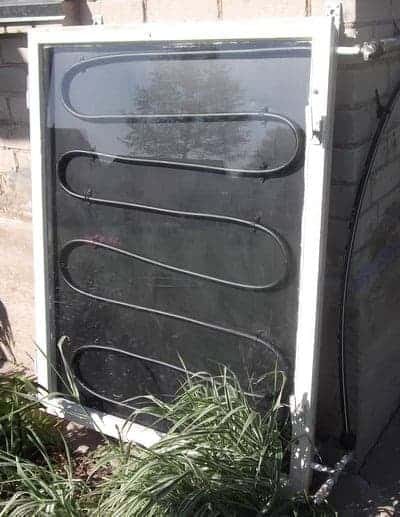
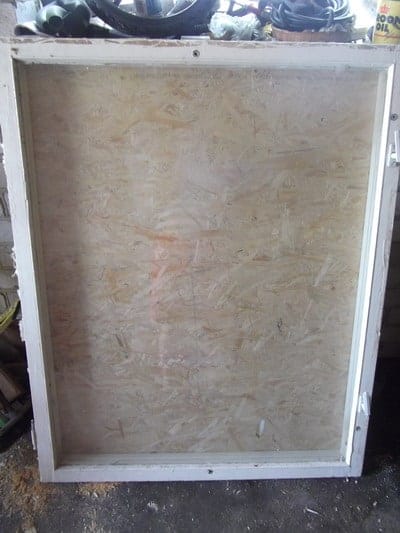





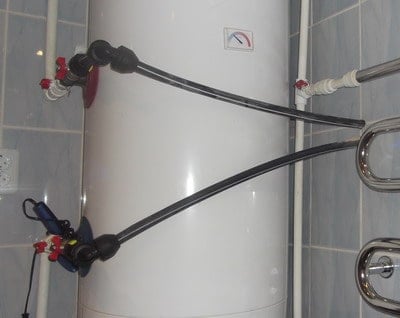
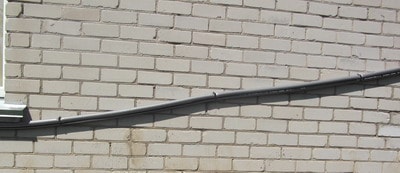
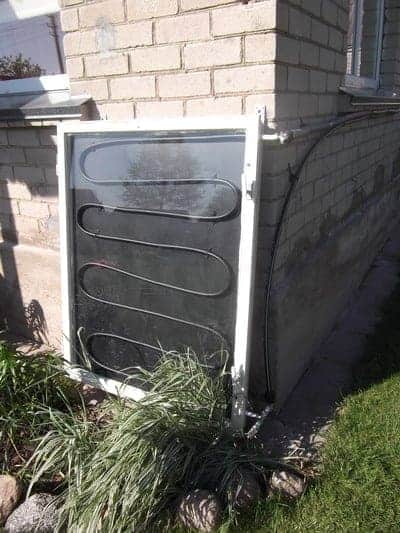
It would be interesting to see how this works since you can’t be at the optimum angle to the sun. 45 degrees off collects half the energy, which is why good solar arrays track eth sun.
very nice diy, really
do you think that doing more rubber turns would increase collected heat or is it just enough ?
regards 🙂
Tom, I agree, the angle isn’t optimal. Just didn’t want collector to stand out as it sits on the ground. I plan to compensate this with additional same panel. But it already works fine (I’m not the first one who is doing this way). Yesterday we could already enjoy warm shower 🙂
imayada, by saying rubber you have in mind the collector pipe? Actually there could be more turns of it, but this is what I could do with my hands. Besides this is why painted tin sheet is used. It accumulates sun energy and then transfers it to collector.
What temperature does the water get to?
Temperature actually could be better. Didn’t have a chance to measure it but seems to be about 40 degrees of Celsius. Enough to take a shower. I am working on second collector where I will increase the number of turns using different technique.
40 degrees is still pretty impressive. If anything, I hate the hot water being too hot. If water can come out hot enough to scald you, it’s a waste of energy and money.
I’ve been thinking about doing something siimilar; I’m thinking about going for a water reservoir in the form of an old oil drum or something. This I will paint matte black to collect heat in the water.
I’ll not use that water itself, though, but run a spiral of copper wire through it to transfer heat to the water going into the electric boiler. I don’t live on a place where the weather will allow me to use solar heated water only, but I’m thinking that every degree C I can heat the water before putting it into the boiler is a degree I don’t have to gain by electricity.
Also, having a reservoir like this should provide at least some heating, as the reservoir water should not be colder than the ambient temperature, while the water in the pipes is about 4-5 degrees.
You will really want to watch out with Legionella, though. When you use the water daily, there is little build-up of legionella cultures, but when you are out for a long weekend, the water can get severely infected.
To avoid this, collectors typically have some (automated) backwash. The simplest form that I made was with two extra threeway valves: on the cold side and one on the hot-side. The one on the hot-side has a garden-hose coupling. You can then connect the garden hose to it, and push water trough it, washing the collector (and in your case the pipes leading to it) clean. Five minutes of cleaning before taking a shower to avoid getting Legionnaires’ disease 🙂
why not runn it in series with the heater… cold >> solar >> electric.. that way the electric heater will take up the slack when its not as sunny… since i assume the eclectic heater has a regulated outlet… itll just turn itself off when its sunny, fit a bypass so you can bypass the solar side if you want to work on it.
@Ber – I used to have a collector exactly like this at my last place (but 3 x the size and pump driven as it was on the roof), you’re unlikely to get Legionella as the water has chlorine in to kill the Legionella. Backwashing the collector won’t help if there is Legionella in the system, as it will be in the tank and all the pipes too!
I think he is using an heat exchanger isnt he?
If not, you realy should think about it, cause the legionnaires and also there is a big problem that plastic pipes contains plasticizer.
When you use them for cold whater (which they are made for) its no problem, but if you put them directly into the sun and put hot water through them, they will put these substances into the whater, which results that you drink water enriched with poisonous and DNA-changing substances.
Greetings Michael
PS: I am planning such an construction and will try to evaluate if i could put the bassin next to the panel on the roof and not under the roof
Of course I’m using heat exchanger. The water from collector goes in a closed loop, so no risk of legionnaires.
It would had realy souprised me if you dont.
Friends of mine own an old NVA caserne (Ex German democratic Republic)
Its the same type of building like this picture:
You may notice the HUGE ammount of roofspace there 🙂
We plan to use 32mm Plastic-Drinkwater-Pipes as they have the advantage that they are already black. They shall be put directly on the roof with pipe-clamps after we put fresh and (and nice black) tar onto it
good luck michael
oh no please someone let me out of this HTML-Tag O.O
xD
Wait, I thought I understood this until the very end.
Where is the heat exchanger? Does the water heated in the solar collector come out of your hot water tap or does it just loop through a heat exchanger to warm the tap water indirectly?
Indirectly. See image bellow:
